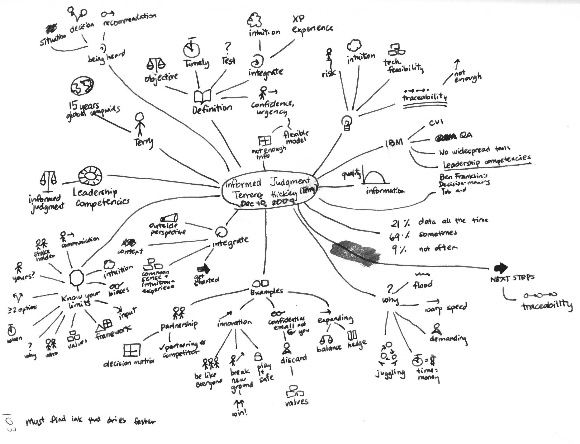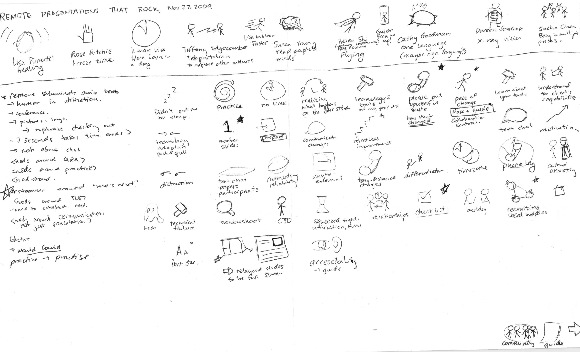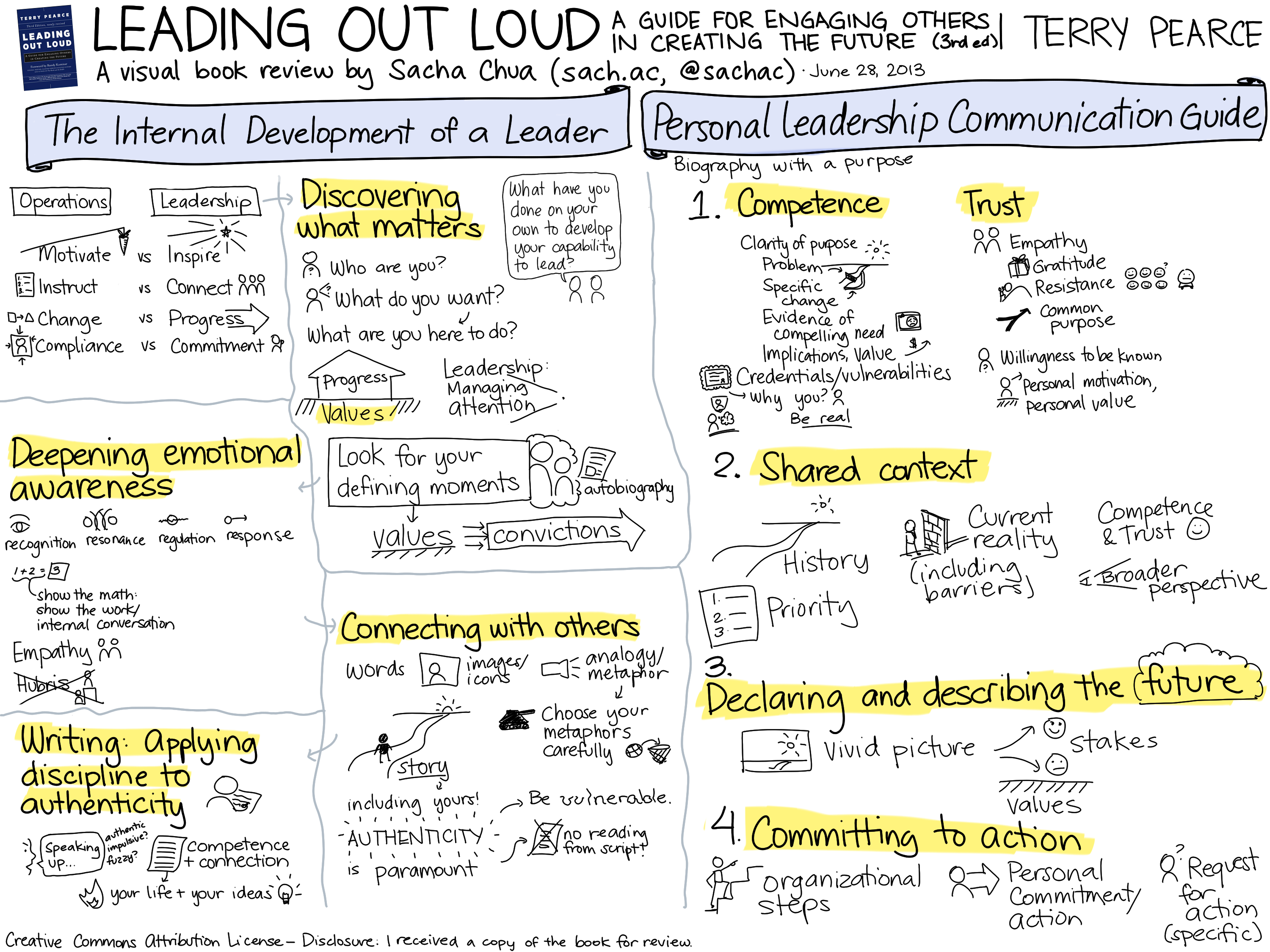…It is important to note that by simply participating, managers transfer their status into the new paradigm; while not participating creates a real discrepancy.
Cecille Demailly, Toward Enterprise 2.0: Making the Change in the Corporation, as cited in Bill Ives’ blog post
Sarah Siegel’s reflections on virtual leadership made me think about the changes that IBM is going through. We’re moving further apart from each other (more remote/mobile workers, more geographically-spread management functions), and at the same time, moving closer to each other through social networking tools. Front-line managers might still see many of their team members face to face, but dotted-line relationships across countries are becoming more and more widespread, and middle managers work in an increasingly virtual world.
Many people struggle to translate management and leadership skills to the virtual world. They feel the loss of contact as we move away from offices and co-located teams, but they don’t have a lot of guidance on what excellent leadership looks like in this new globally-integrated world. There are no recipes or clear best practices in standard management and communication books, in the MBA courses they might have taken, and in the business magazines. Their own managers might also be dealing with the growing pains of the organization.
So some managers participate, and many don’t. The ones who participate are figuring out what works, and they may make mistakes along the way. The ones who don’t participate (out of fear? lack of time? lack of confidence?) might end up finding it even harder to get started, and then people feel confused and isolated because they aren’t getting leadership and direction from the people who are supposed to lead them.
I think managers really do want to help people work more effectively. It’s hard with all the external pressures and the pace of change, tools that are constantly evolving and practices that need to be adapted for the times, and greater challenges from both inside and outside IBM. Communities like the one Sarah Siegel organizes for IBM managers are vital, because managers need to be able to connect with other managers and learn from each other.
There are no clear answers yet. Organizations around the world are still figuring things out. Many of the principles remain the same, but translating them online when you can’t see body language and you can’t make eye contact is difficult for many people.
People need to learn how to not only work around the challenges of a virtual world, but also take advantage of its strengths. And there are strengths. Virtual teams are not just shadows of what we can do face-to-face. Going online brings new capabilities that we can explore.
We need to help managers figure this out. Along the way, we’ll end up helping ourselves and other people, so it’s worth the effort.
I remember growing up and realizing that even though I’m the youngest of three children, my parents were learning all sorts of new things about parenting while raising me. That helped make it easier for me to understand them instead of getting frustrated or upset. It’s like that with managers, too. Managers are learning about working with us just as we’re learning to work with them and with IBM.
So, how can we help? Here are some ways:
- We can explore and model behaviour. For example, I believe that a culture of knowledge-sharing can make a real difference to IBM. If I experiment with that and model the behaviour, I can help managers and non-managers see what it’s like, what the benefits are, and how to get started. Mahatma Gandhi said, “Be the change you want to see in the world.”
- We can give feedback. I think my manager finds it amusing that I think a lot about what brings out the best in me and I suggest that to him. Managers can’t read minds. Make it easy. If your manager is receptive to the idea, give suggestions and share what you think.
- We can coach. When the pain of ineffective methods is strong enough to drive change (think about all the frustration over endless reply-to-all conversations), people will look for better ways to do things. Coach people on how to use tools and how to change practices. It’ll take time and they’ll probably get frustrated along the way, but you can help them keep their eyes on the goal (and remember how painful the old ways were!).
- We can help people see the big picture. Resource actions can sap morale. Impersonal communications can make you feel that the company has drifted from its values. Even if people are afraid, you can work on making sense of the situation, focusing on the positive, and looking for ways to keep moving forward. Vision isn’t just the CEO’s job. What you say and how you act can influence how other people feel about their work and how well they can focus on making things better instead of getting lost in the stress.
There are a lot of individual contributors within IBM. If we see leadership as something everyone in the organization does instead of being limited to those who have the “manager” bit in their Bluepages record, if we remember that leadership competencies are something we can express no matter where we are in the organizational chart and we take responsibility for helping make IBM and the world better, and if we help as many people as we can, we’ll not only get through these growing pains, but we’ll make a company worth working with even more.
Thanks to Rawn Shah for sharing a link to Bill’s blog post through Lotus Connections Profiles, and to Sarah for prompting me to write more about this!




